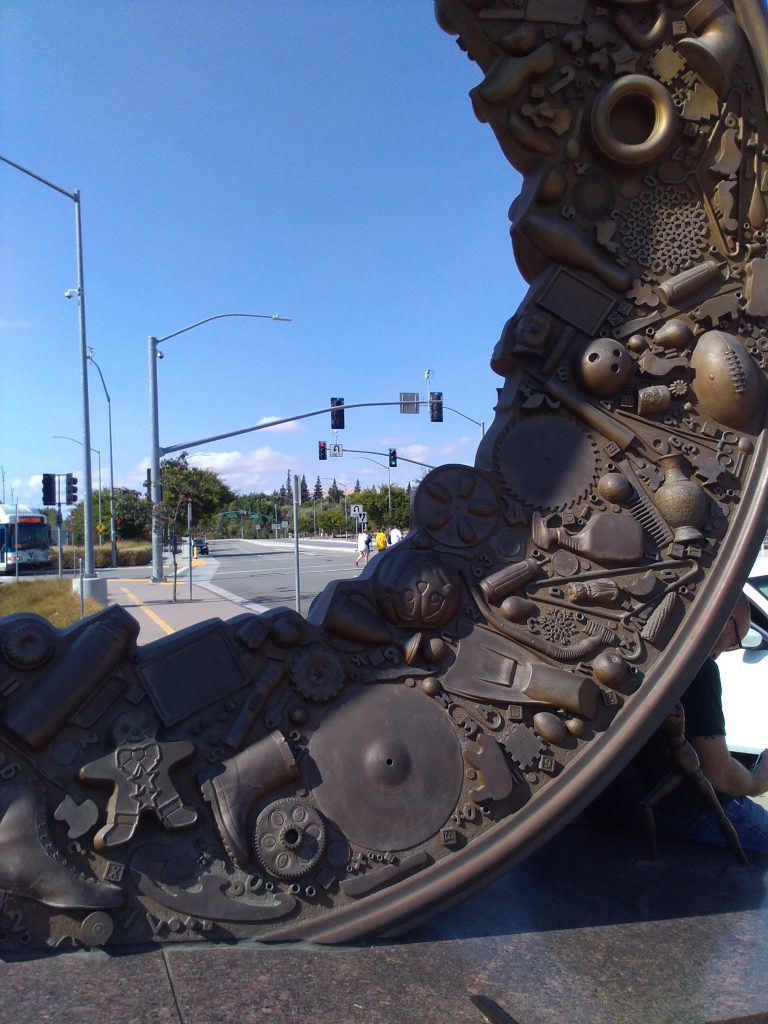
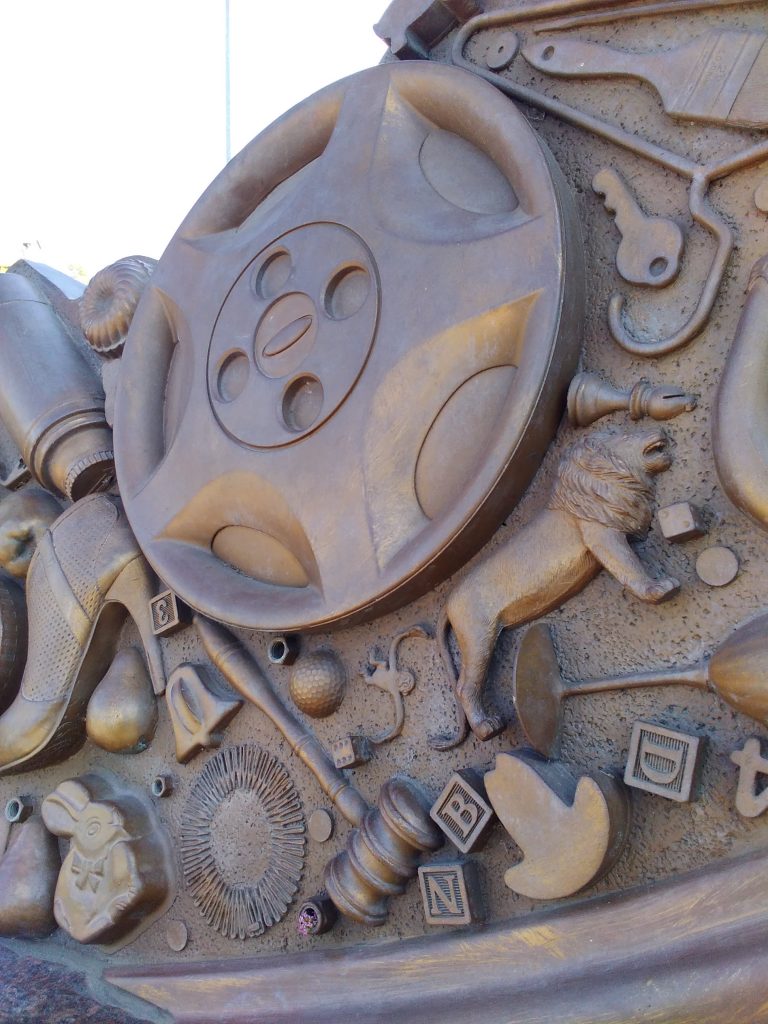
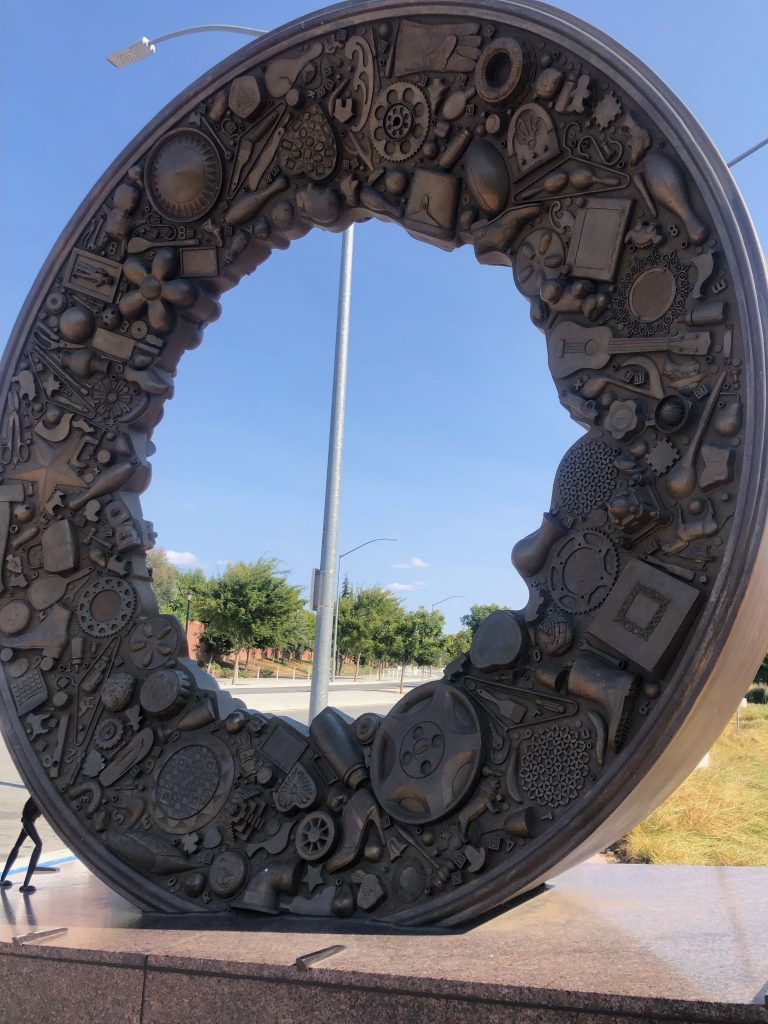
“Life!” bronze sculpture by Larry Kirkland (https://larrykirkland.com) shows a human figure pushing a giant wheel uphill filled with items used in life, all found by the artist at the nearby flea market.
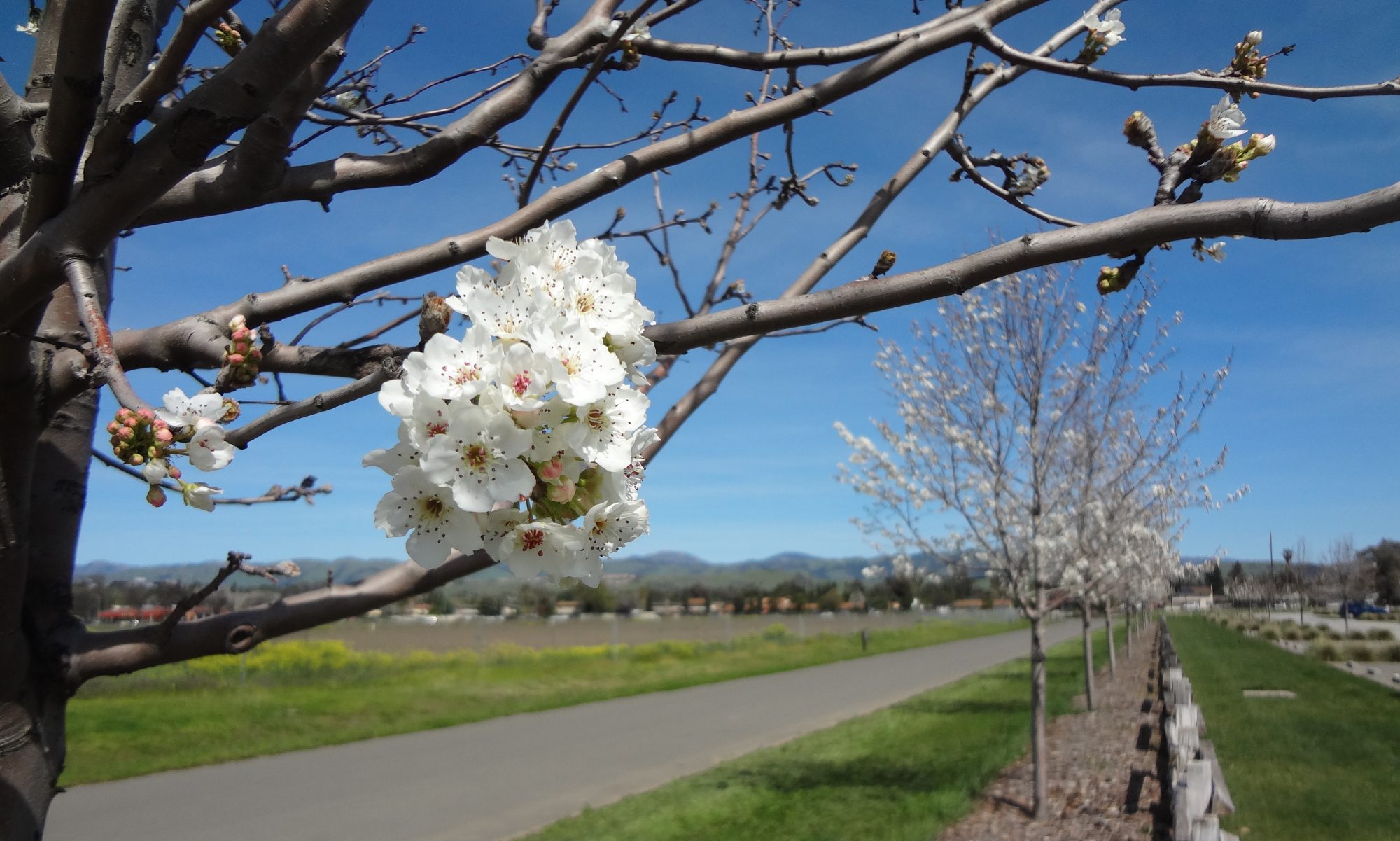
Traveling around in #SanJose and #NearbyToSanJose at 825 mph on our spinning planet.



“Life!” bronze sculpture by Larry Kirkland (https://larrykirkland.com) shows a human figure pushing a giant wheel uphill filled with items used in life, all found by the artist at the nearby flea market.
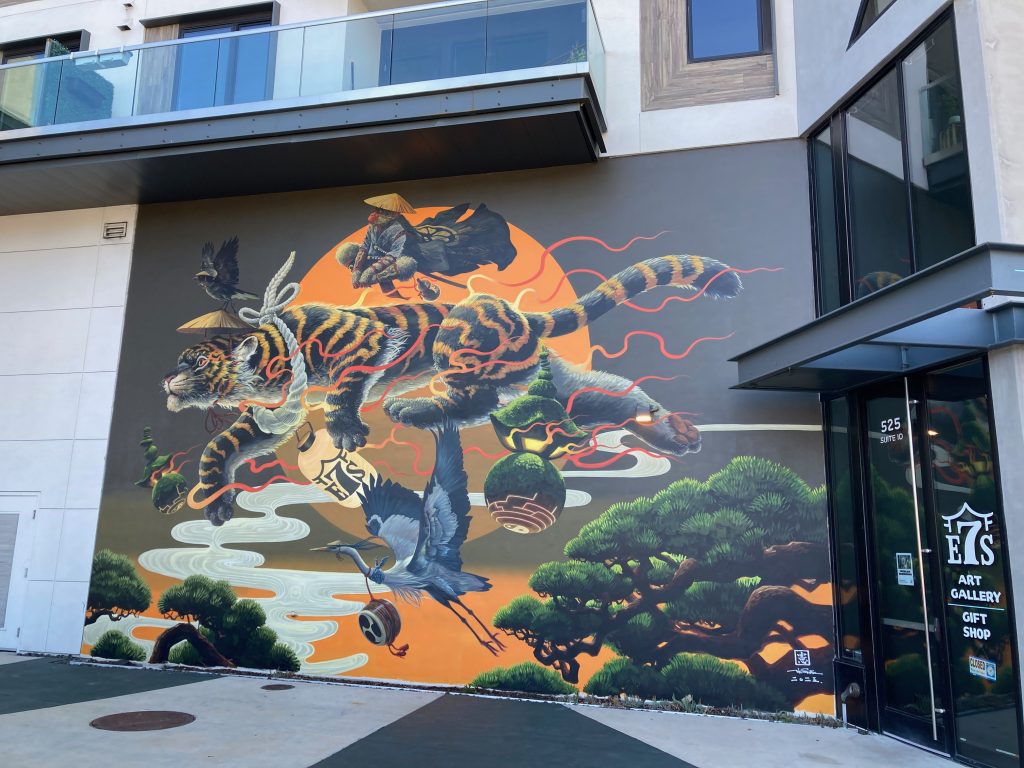
Mural by Kensuke Takahashi (https://lwart.co.jp/artist/kensuke-takahashi/).
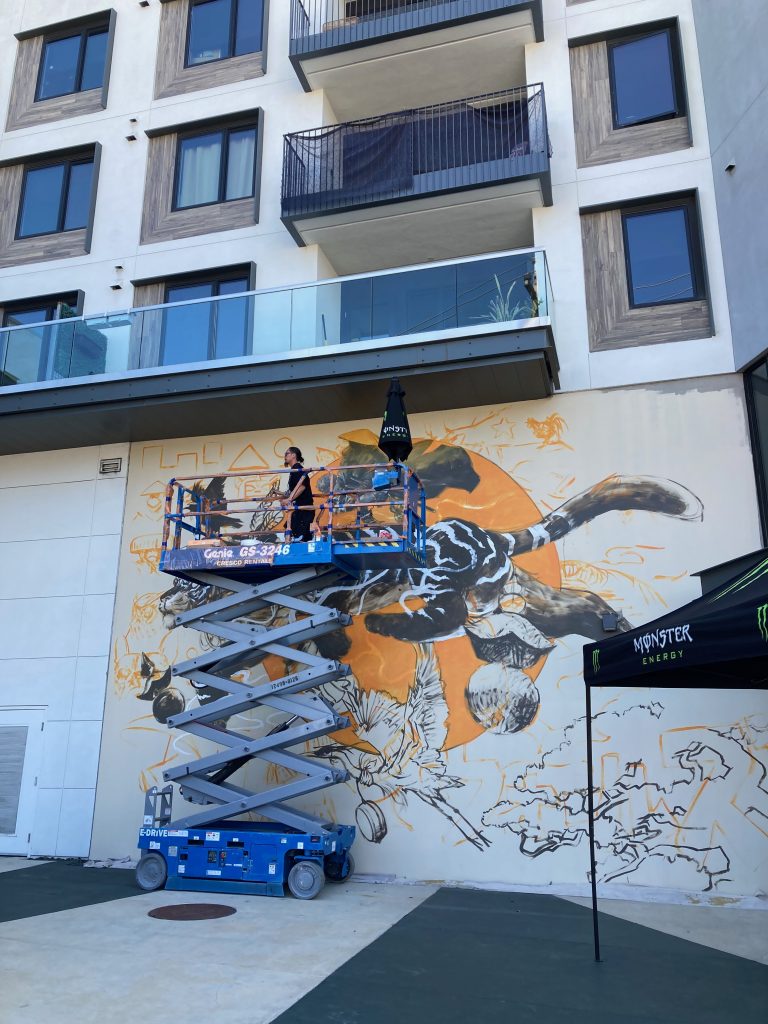
Here it is while being made.
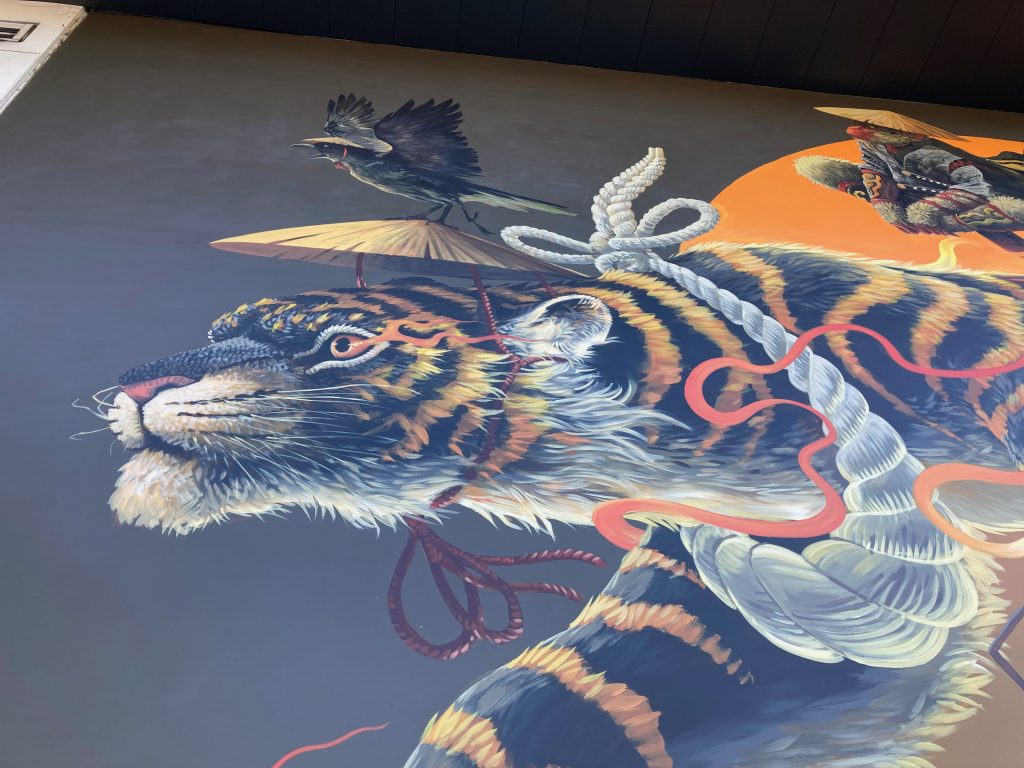
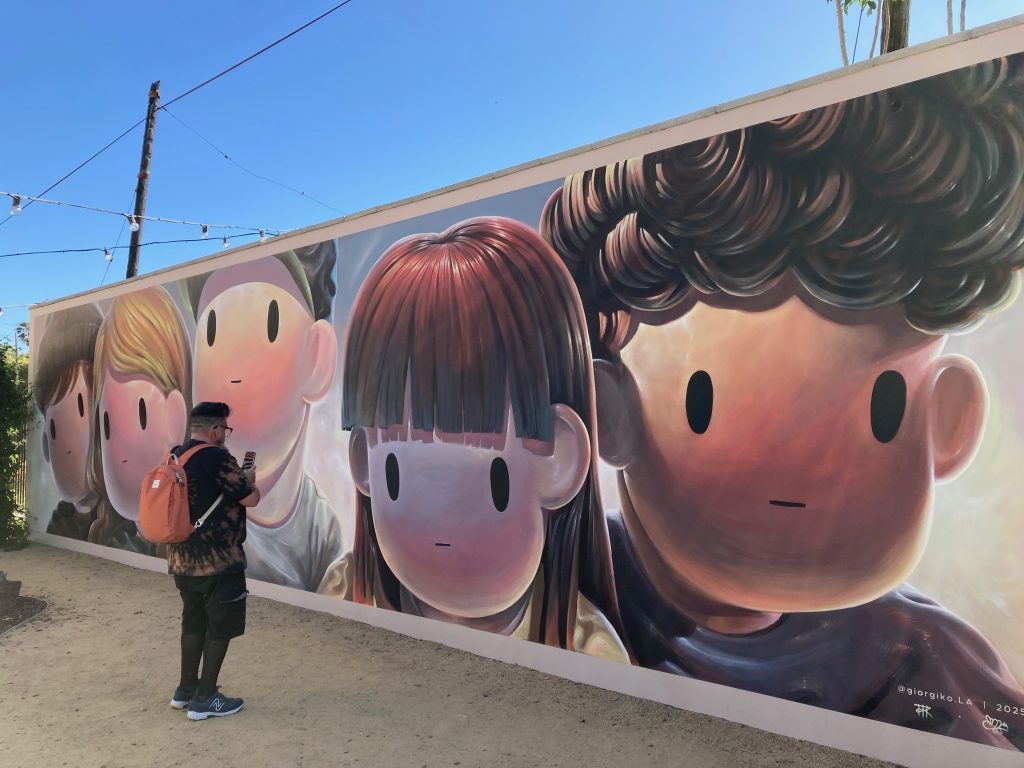
Mural by Giorgiko (https://www.instagram.com/giorgiko.la/).
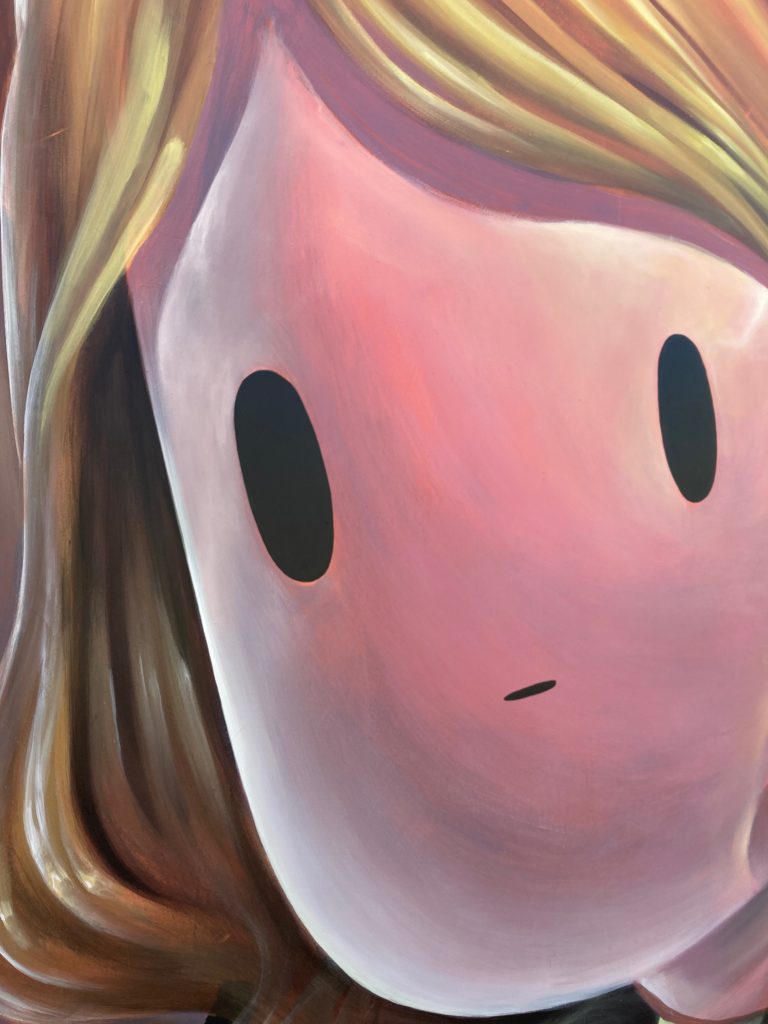
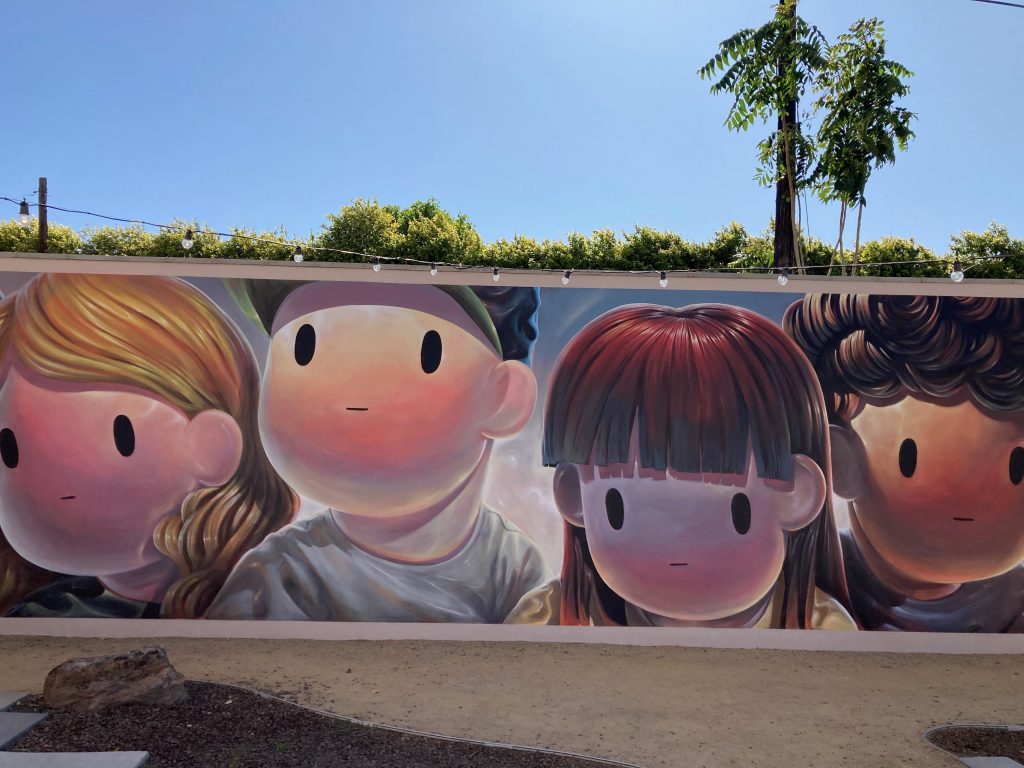
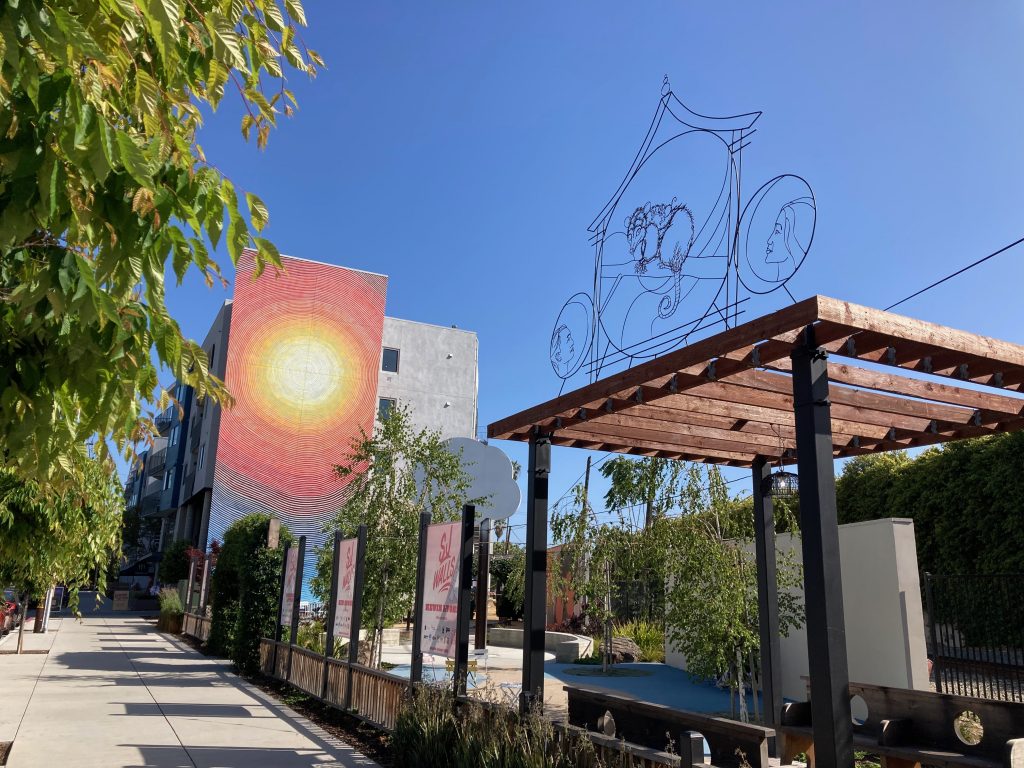
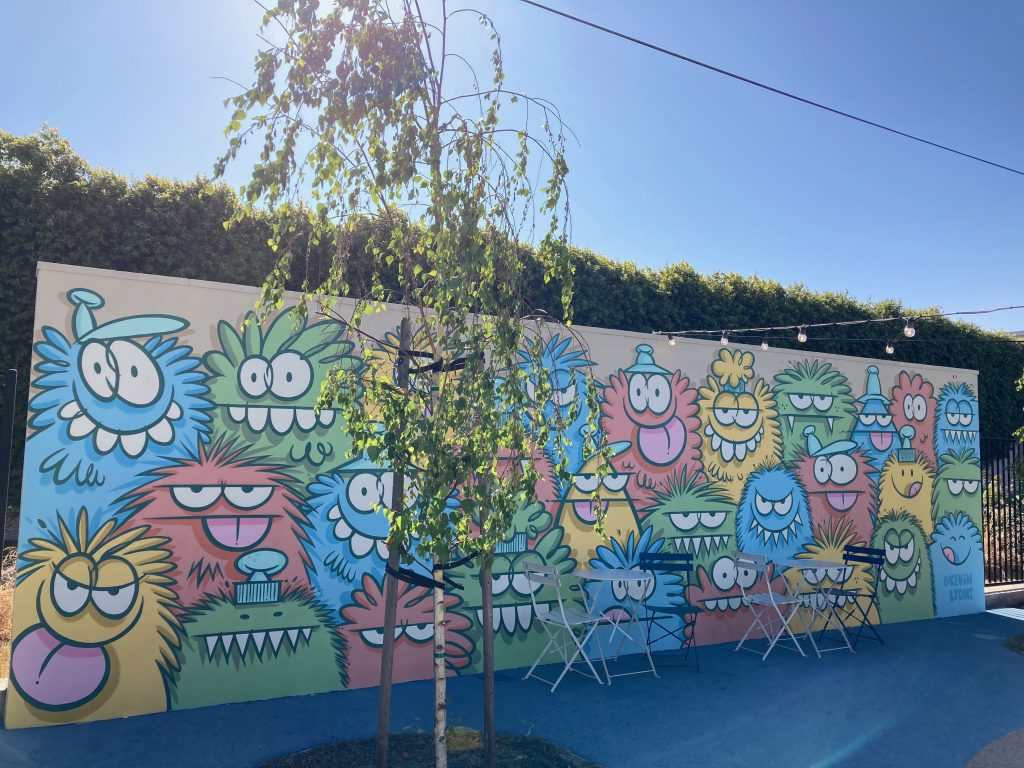
Mural by Kevin Lyons (https://www.instagram.com/klyonsnatborn/).
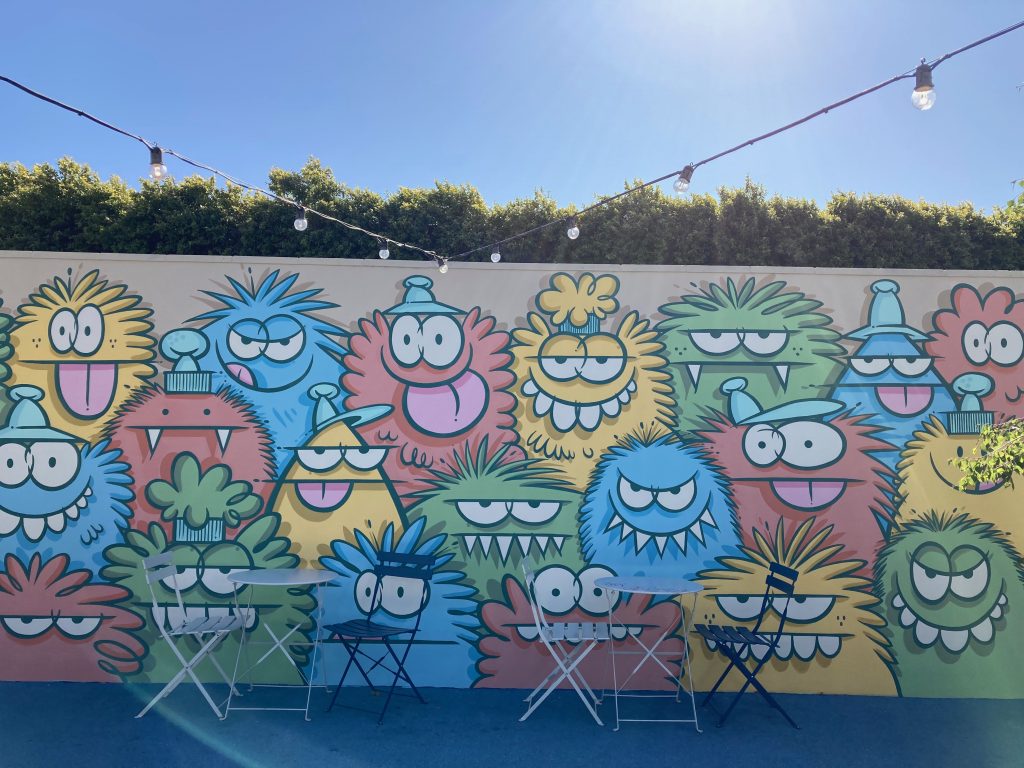

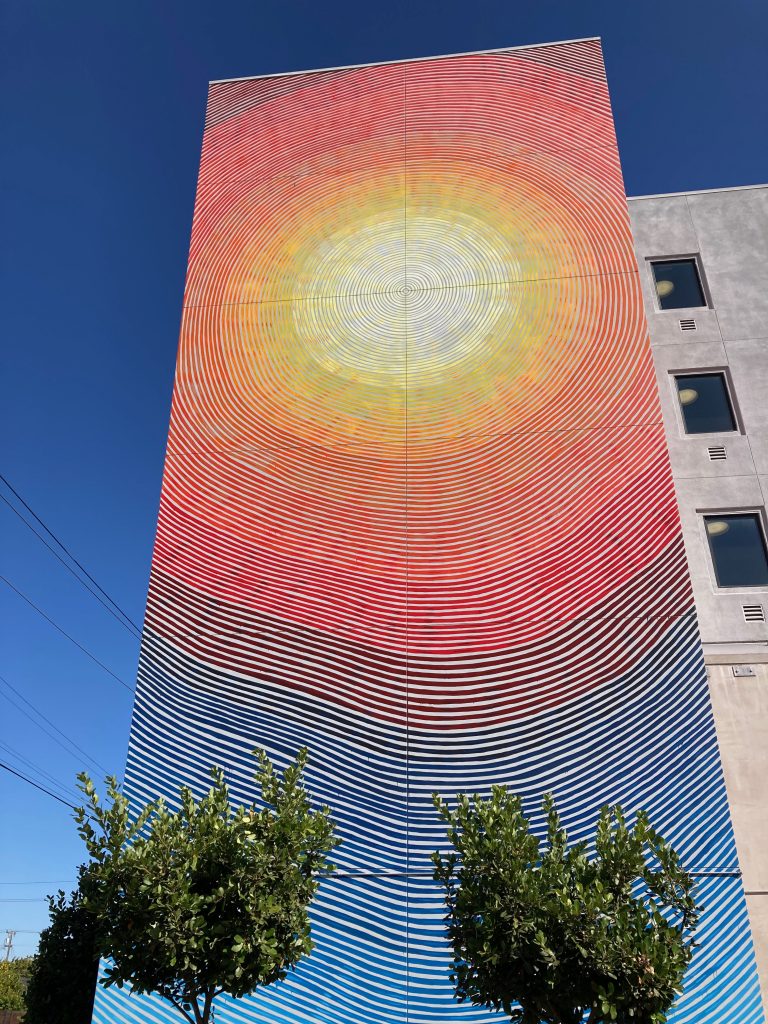
Mural by A. Schoultz (https://www.andrewschoultz.art).
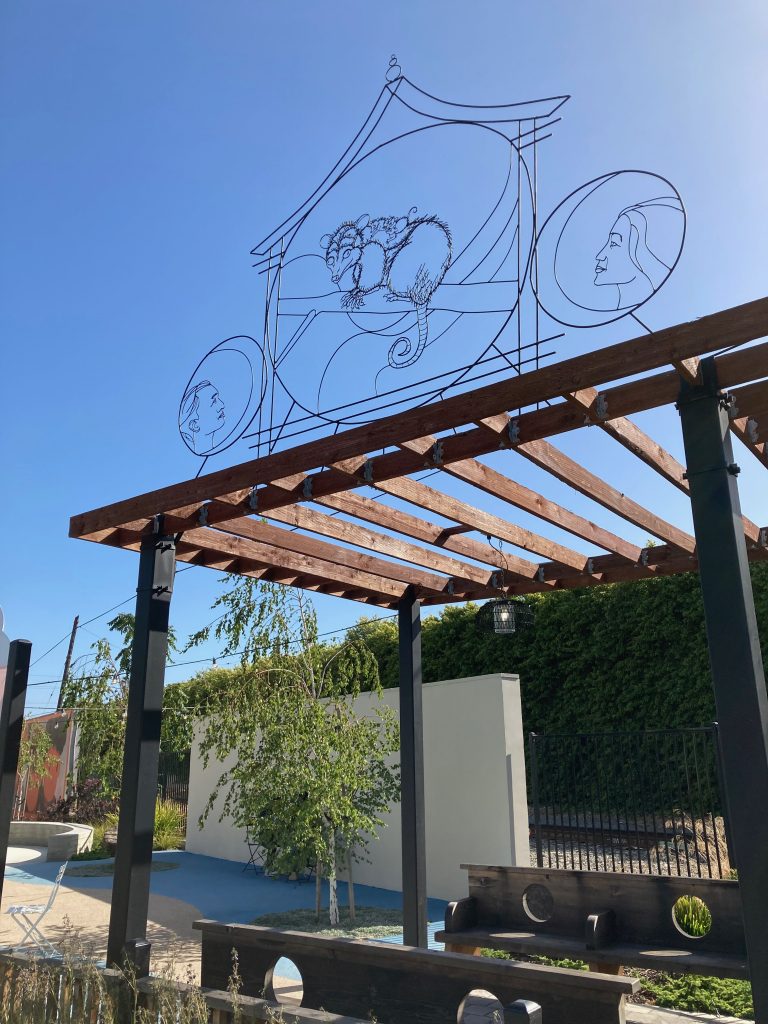
Wire art by Spenser Little (https://www.instagram.com/spenserlittleart/).
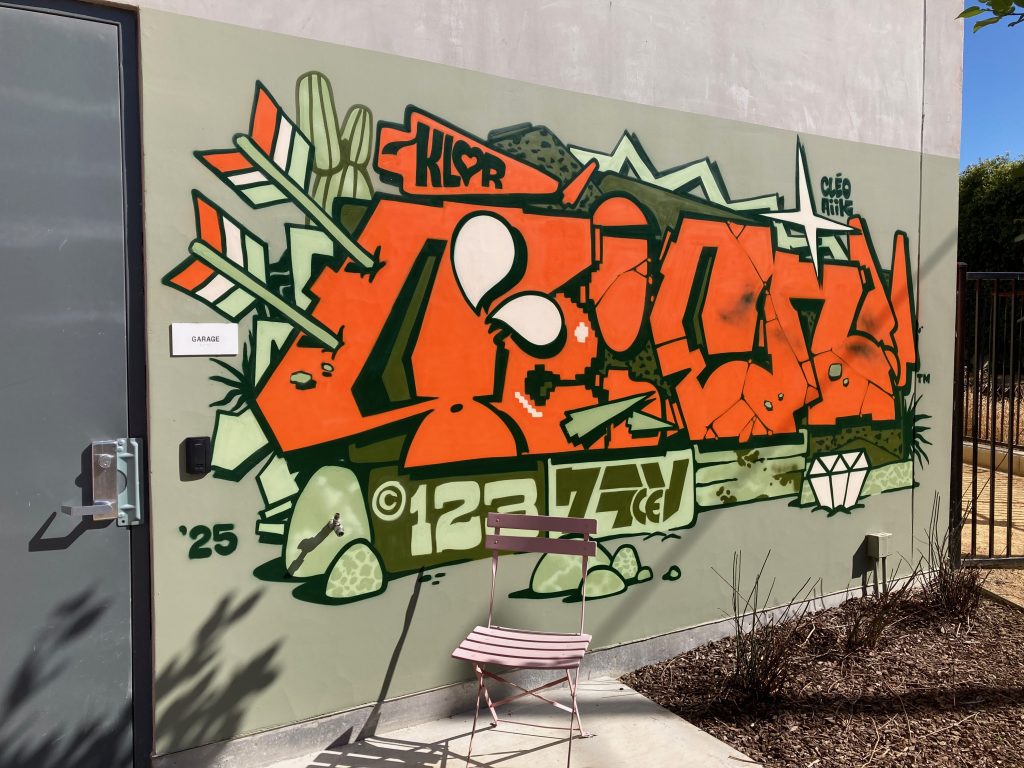
These two murals, above and below here, by 123KLAN (https://www.123klan.com).
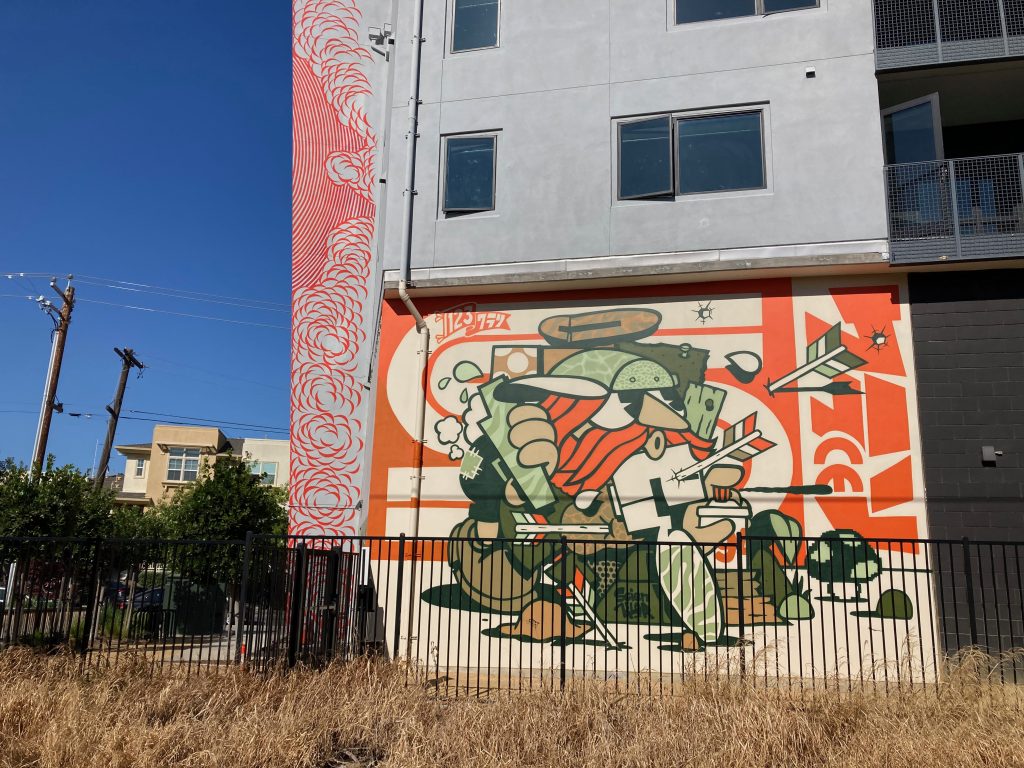
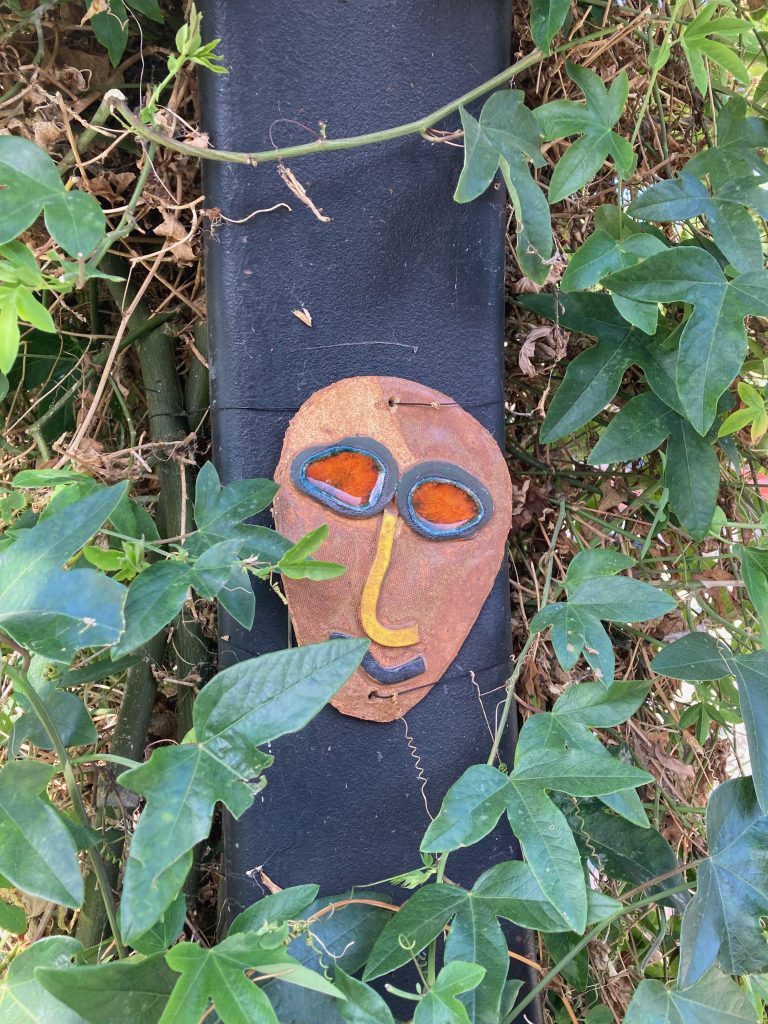

Referred to as “Four Corners” in Woodside, California in the Santa Cruz Mountains, you can get food and refreshments and enjoy rolling art. This is the place where motorcyclists and sports cars like to stop while enjoying weekend rides through the mountains. And, you can see some other creative art here, too.


Sonic Runway (https://www.sonicrunway.com) installed outside of San Jose City Hall. This art installation best seen and heard in person. Watch the lights move with the music as you walk through.

The lit up Nikkei Lantern monument in Japantown.

You can sign up to go on a great free walking tour with a guide from San Jose State University (https://www.sjsu.edu/ha-public-art-tour/) or you can download the map and take yourself on the tour. The walk through San Jose’s downtown takes you to several public art works in the theme of Resistance through art. I enjoyed the in person tour, learning about the art, and appreciating the art on a nice walk. This made for a good adventure.
A list of the featured art works on the tour and information about them can be seen here: https://www.sjsu.edu/ha-public-art-tour/public-art/index.php .
Here are some of the photos I took on the tour. Some of these photos have art not part of the official tour though I still learned about them from the tour guide in passing and while I do not have photographs here of all of the works actually on the tour, they were all interesting and thought provoking. I learned a lot and have more to think about when I go by each of the art works we saw on the walk.
















Walk around the Serpentine Pavilion on 1st Street and enjoy how it changes and presents itself from different angles. Designed by Bjarke Ingels.

Some art and color outside the Adobe headquarters building in downtown San Jose. Taken on a flip phone on a cloudy day.



These sculptures by Ilona Malka Rich can be found on West San Fernando Street.


